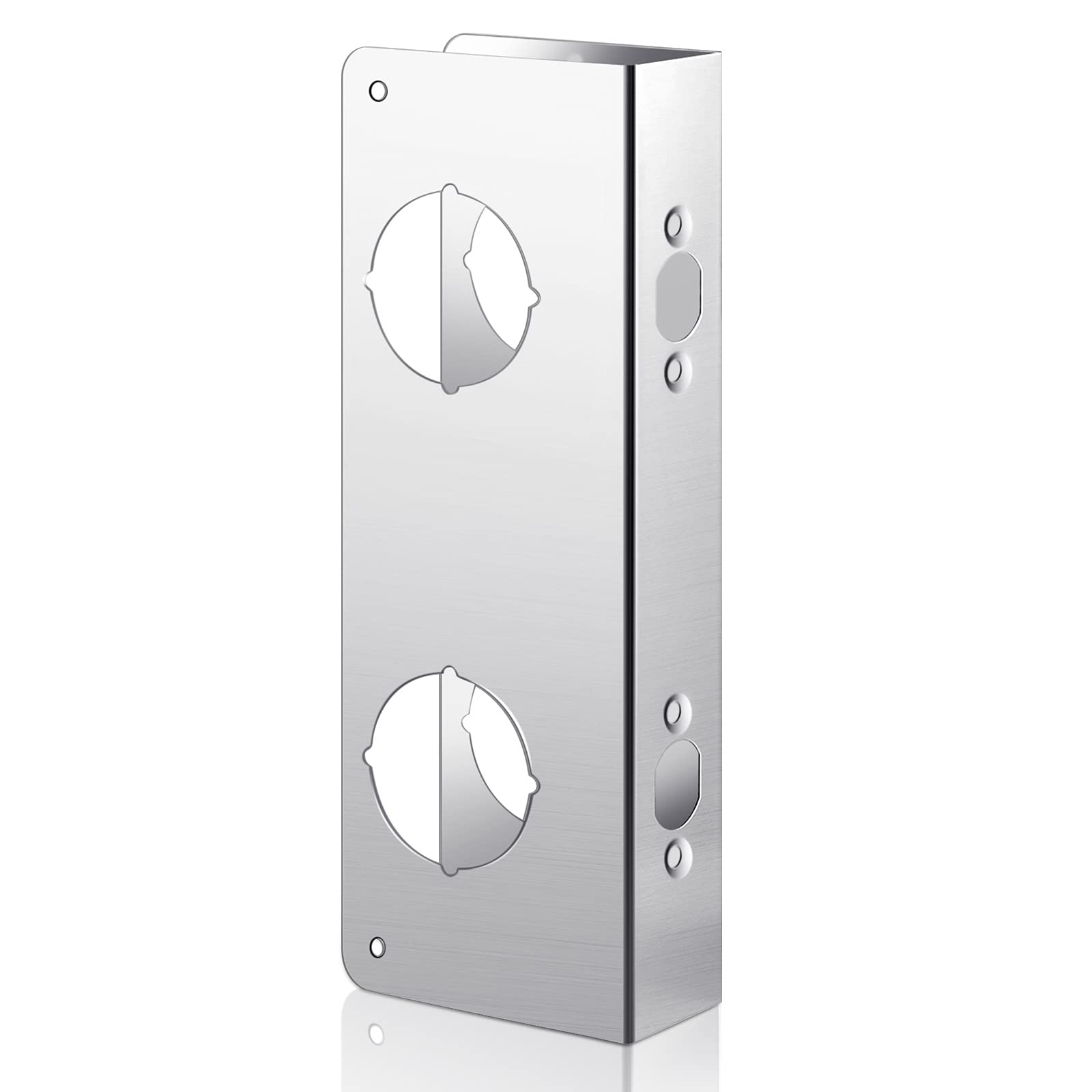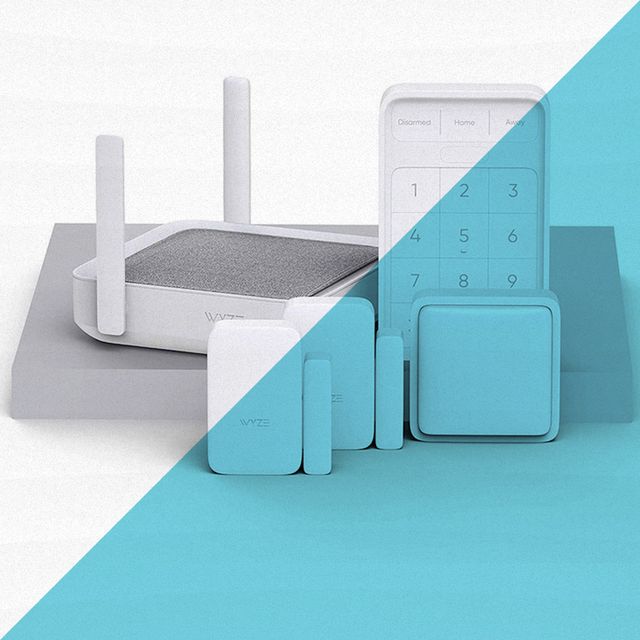
DIY home security is a good option for people looking to save money while maintaining control over the security of their home. This allows users to buy a system and not pay for installation fees, as well as monthly monitoring costs.
While choosing a DIY house security system may not be as complicated as you think, it will require planning and research so that you get the best kit to suit your needs. It is essential that you fully understand the system components so that you have a clear understanding of what each component does.
How to Select a Home Security System
A good home security system can help prevent break-ins and theft, but it can also offer other benefits such as keeping your kids and pets safe and giving you peace of mind when you're away from the house. These systems are often integrated with other smart home devices, like air conditioners, lights, and thermostats.

How to Install Security System in Your Home
You should only choose a security system from a reputable brand. The best systems will come with a high-quality customer support team and are made by an established company with a long track record of reliability.
Typically, DIY security systems are equipped with a hub for connecting to Wi-Fi. The hub doesn't have to be hard-wired into your home, so you can place it in a convenient location and then follow the instructions for connecting to your Wi-Fi service.
Most of these systems come with doorbells and sensors that can be installed in different locations around your home. These wireless devices connect to your basestation via a wireless network. It allows you to put them anywhere you want and then plug the basestation into an outlet.
You can also add sensors and devices to these systems over time as your family grows or your needs evolve. You can even add security cameras and other smart home features, allowing you to customize your home security system for your needs.

How to Choose a DIY Home Alarm
When buying a new home security system, it's important to choose one with a simple interface and excellent monitoring. It should offer reliable customer service and be able communicate with other smart devices in your home, like your thermostat or doorbell.
Also, you should consider how much the equipment will cost and whether or not it is worth installing yourself. Comparing prices is the best way to find out which system suits your needs.
You should also look for a product that has a lifetime warranty. Additionally, the system you choose should support your entire smart home. Having these features will help you stay more informed about your property and be able to respond faster to any emergency situations.
FAQ
How can I choose among different home security systems?
Consider the threats in your neighborhood. For example, if there's a lot of crime in your neighborhood, then you might want an alarm that will sound when someone enters your property. You may not require as much security if your home is in a rural area with few burglaries.
Also, consider whether you are willing to pay extra for additional features. Some systems have built-in cameras, while others don't. Some allow you to monitor your house remotely, while others require you to be physically present in order to view the footage.
What is the easiest method to install a home security alarm?
They don't even require installation. These are the best home security system. These systems are known as "plug and play", and they work like magic. Just plug them into the power outlets and connect to the internet via a router wireless. Once you have connected everything, it will be possible to access it from anywhere on the planet.
Do I really want a home alarm?
Home security is essential for everyone who lives in a home. Anytime, a burglar can break into your home without warning. They'll take anything they want, including expensive electronics and jewelry. If you don't lock the doors, they can just take everything.
A home security system can protect your home by sending alerts to you when anything happens. You can view the recorded footage and receive alerts from your mobile device when motion is detected.
You don't have to invest in a sophisticated home security system if you prefer not to. A simple DIY camera will do the trick. These cameras let you see who is at your door and give you notification when they come or go. They won't stop burglars from entering your home.
Statistics
- Most home security companies will charge you around 75% of the remaining term of your contract if you cancel early—and some require 100%.Related questionsWhat type of contract length can I expect from security providers?Home security system cancellation (safewise.com)
- Related questionsHome security systems that are 100% DIY (safewise.com)
- (In my experience, the discount on my home insurance covered about 25 percent of the subscription of an average plan, but your mileage may vary depending on your location and the size of your home.) (theverge.com)
- Unlike other online safety services that charge up to 100 percent of your monthly fee, Cove charges no upfront fees and has no hidden costs.
External Links
How To
How to Install Outdoor Motion Lights
How to install outdoor motion lamps
The installation process of outdoor motion lights begins with the selection of the right light fixture type. Next, you need to decide where your lighting fixtures should be placed. Next comes the wiring. Mounting the lighting fixtures is the final step.
Outdoor motion lights can be used to light pathways, driveways and walkways. You can find them in many shapes, sizes, colors, and styles. There are many types of floodlights: spotlights; pendants; downlights; track lights; recessed lights; wall sconces; chandeliers.
There are three types available: hardwired, battery-powered, or wireless motion lights. Hardwired systems utilize wires that are connected directly from power sources to fixtures. Wireless systems use radio waves to transmit signals from one fixture to another. The fixtures are powered by batteries.
Most hardwired systems can be installed by electricians. Hire an electrician to install these systems. If you don't know how to install these systems, it is worth hiring an electrician who specializes.
Wireless systems are often easier to set up than hardwired ones. Wireless systems don't require you to run wires through ceilings or walls. You must decide which type of wireless technology you prefer before you purchase a wireless device. There are two main types of wireless technologies: infrared (IR) and radio frequency (RF). IR systems require line sight between the receiver and transmitter. RF systems allow for some degree of obstruction because they can bounce off objects such as walls and furniture.
When you decide to purchase a wireless device, it is essential to understand what kind of controller you will be using. Many outdoor motion lights have built-in controllers. However, you have the option to either wire them or use a handheld remote to control them. The wired remotes attach to the fixtures using cables. Handheld remotes look just like flashlights. You can operate them by pressing buttons on their bodies.
It is easy to set up battery-powered systems. Plugging them into an outlet is all that's required. Many models come with sensors that detect motion to stop the lights from being turned on when there isn't any. When something moves near the sensor, the lights turn on automatically.
Most outdoor motion lights also have timers. These enable you to conserve energy by switching on the lights at night and turning them off during the day. Timers generally range from 10 minutes to 24 hours.
You may feel tempted to spend more on higher-quality outdoor motion lights. However, unless you are really looking for a particular feature, it doesn't make sense to spend more money. A simple LED spotlight will do just fine. It's very affordable and will provide enough illumination.
The Best Home Security System. The home security sector has grown dramatically in the last few years. This has been due to technological advances and increased awareness about crime prevention. There are many options available to homeowners when choosing a home security program.